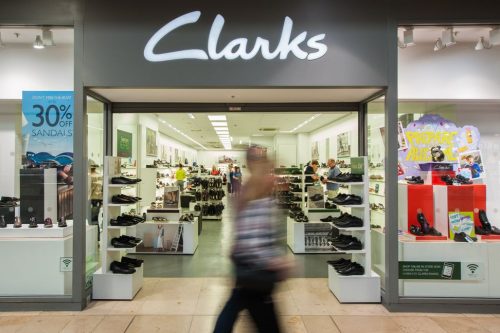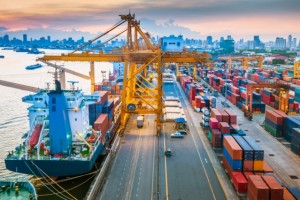Clarks suffers losses of almost £40m over last 12 months

Footwear retailer Clarks suffered losses of almost £40m last year despite its revenues increasing to just under £1bn.
The historic Somerset company reported a pre-tax loss of £39.8m after making a pre-tax profit of £35.9m in the 48 weeks to the end of 2022.
The losses came as revenue increased from £980.3m to £994.5m over the same period.
Clarks said it had to deal with a number of one-off costs in 2023 including £4.6m on restructuring, a £3m increase in the bad debt provision and an impairment charge on store assets of £41.6m.
Clarks also spent £3.6m to support a major upgrade of its legacy systems.
The company said it faced “weak demand in full price channels”, outlet stores performing below expectations and wholesale demand reduced.
The company added that a “promotional marketplace and a discount hungry consumer” led to pressure on prices.
Clarks said: “A combination of the above factors has resulted in loss after tax performance short of target expectations and last year’s levels.
“Weaker consumer sentiment is exacerbated by the hangover from supply chain issues in 2022 that has impacted the confidence of some consumers and trade partners, along with continued structural pressure on margins from exchange rates and inflationary impacts on costs.
“The business and trading environment at the close of 2023 is one of ongoing uncertainty and relative pessimism, especially in the Western hemisphere.
“Continuing major conflicts and inflationary pressures are the key drivers in subdued consumer sentiment, resulting in stagnant economic growth expectations in major markets.
“This is evident in the financial performance of Clarks in 2023, operating in a market with weak demand that has been ‘over supplied’ in the global recovery post pandemic.
“Whilst 2023 has been a challenging year financially, there has been some notable achievements and high points.
“Inventory focus and control has been a particular highlight, managing to reduce inventory aged over two years by 76.7 per cent versus the prior year.
“The business has also completed investments in technology platforms to replace legacy systems, recovered supply chain operations and continued to generate brand heat in multiple important territories.
“Borrowing continues to be controlled and managed well within the ceiling of the current facility, with more than three years remaining on the life of the facility.”









